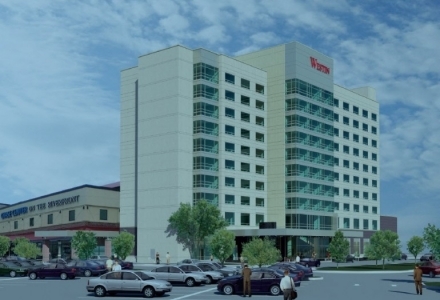|
Hotel design is now about doing more with less, according to RD Jones & Associates founder Rebecca Jones, who joins over 40 hotel experts to talk about the latest trends at next week's national Bisnow Lodging Investment Summit in DC. (We call it BLIS, both because fancy annual events need acronyms and because we want to subliminally convince you that's the state of mind you'll be in if you sign up.) 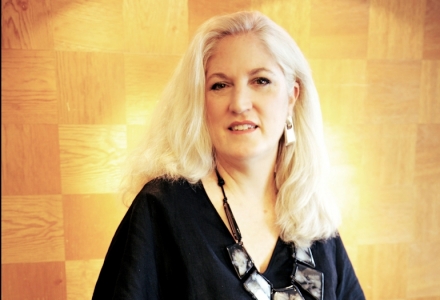 Rebecca—who's behind the recent design of hotels like the Waldorf-Astoria in Naples, Fla., Cheeca Lodge in the Florida Keys, and Doubletree Hotel in Reading, Penn.—says clients still want a high-end, unique look, but one that's kinder to the wallet. One way hotel owners are achieving this is by tossing away standard prototypes. “They realize they don't necessarily need the big lounge chair in guest rooms,” she says—and one of her clients saved a whopping $750/room "for something no one used." (So if you want to read us a bedtime story, sit on the floor.) Meanwhile, that money can be placed toward items with more impact, like upping the power requirements into each room. Another service that's hot: localvore dining versus room service, she says. 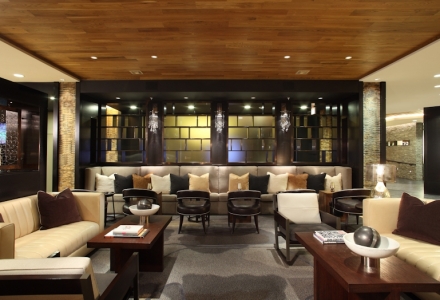 Hospitality trends are even impacting multifamily design, like public areas designed in an open concept—a lobby that's not just a lobby, but a meeting area, a home office, a lounge, and a reception area. Above is Trilogy at NoMA in the up-and-coming neighborhood in northeast Washington, DC. She tells us the project, which comprises three distinct luxury apartment buildings, blends upscale living with a resort-style feel. RD Jones was given the opportunity to design the interior space of one of the buildings, named Cirq (above), which includes a variety of public and amenity spaces, including multiple lounges, a multimedia entertainment area, fitness center, pool and courtyard area, and screening room. (They should only show movies about hotels, like Maid in Manhattan and Dunston Checks In. Well, maybe not The Shining.)  Other trends that will be impacting hotel design, according to Rebecca (whom you'll find taking her husband, mother, and two dogs—including Sherman, who just turned 19 on April 15—to her house in Easton, Md. this weekend, where she drives a red pickup and boats, fishes, and relaxes): 1) Technology integration—Two aspects Rebecca sees as critical to master are automated services and personalized content. These can take many forms throughout the property and may often lead to minimized staffing requirements (read: cost savings) when done well. 2) Customer service—This includes design firms being able to listen to the owners and absorb the vision and input they have. "Days and weeks can make a huge impact on the bottom line... it is critical for designers to come to the table with the right solutions the first time." 3) Value of brand—Rebecca says people are familiar with becoming attached to brands throughout all aspects of their lives, and a well-crafted travel brand has the potential to reach the market the same way as Apple does for technology or Starbucks does for coffee.  4) The future of the Baby Boomer—"As much as we love to talk about the Millennials, it's critical not to overlook the Baby Boomers," she says. With a large segment of the population hitting the empty-nester and retirement phase of life, there will be a tremendous influx of travelers flooding the market. (And a lot of straw hats.) Their needs may be different than the Millennials, although there will be some commonalities. 5) Sustainability—Although it's made its way into almost every aspect of our lives, the hospitality industry is still in its infancy in terms of fully embracing environmental impact, she says. There are many brands that are deepening their commitment to this cause, and she sees that continuing to grow as products and processes are continually challenged and improved upon. |
|
 |
DC: Where Are the Hip Hotels? |
||
 The streets of DC are peppered with hotels, but few boutique ones. Why? Hotel guru Nelson Migdal of Greenberg Traurig, who's also speaking at BLIS, says the answer is demographics. For years, older lawyers, lobbyists, and government types have made up the bulk of hotel guests in DC, and they prefer older, household name brands "and a steak at the Prime Rib," instead of newer, hipper options. (We hate to break it to you, DC elite, but Frank Sinatra's been dead for 16 years.) But with the city skewing younger, things could change. Also, he says, conservative lenders prefer the financial stability of an established brand over new concepts when financing projects. That's why DC's newest hotels bear flags like Marriott and Hyatt instead of Ace, Standard, or James. |
 But help is on the way, Nelson says—for example in the form of NYC-based Sydell Group's proposed redevelopment of the old First Church of Christ, Scientist building on Columbia Road in Adams Morgan. Sydell, developer of the megahip Ace and NoMad hotel brands, reportedly plans to bring its The Line flag to DC with a 100-plus-room boutique hotel on the site. Sydell has already opened a successful one in LA's Koreatown; work could begin soon. Nelson says neighborhoods like Penn Quarter, NoMa, and Capitol Riverfront might be primed for similar concepts, since each spot offers the amenities and accessibility boutique hotels demand. |
|
 |
WILMINGTON, Del.:
|
 |
ATLANTA: Downtown Hotels Heat Up |
||
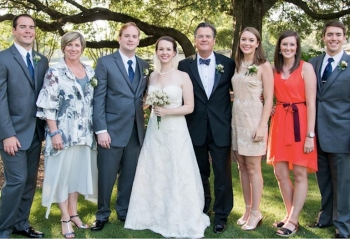 While the Atlanta hotel market's recovery had lagged behind the nation, it's coming back full force. Thank growing biz and group travel (for which Atlanta is heavily dependent) and employment and the economy picking up in both the city and region, PKF Hospitality Research prez Mark Woodworth tells us. STR shows RevPAR was up 13.3% in Q1, almost double the national average, and combined with significant jumps in occupancy, room rates ticked up 4.5%. “That's a strong, terrific quarter for Atlanta,” he says. Above, he's with his family: son Sam, wife Mary Kay, son Harry and daughter-in-law Annie (on their wedding day), daughter Savannah, and daughter-in-law Katie and son Will. (Which reminds us: weddings can also help the hotel industry.) |
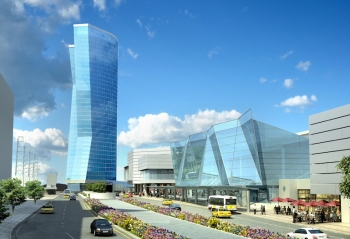 Hotel performance in Atlanta for Q1 '14 was strongest in the outlying suburbs, but look for big gains in the Downtown submarket. These will come from activity at the Georgia World Congress Center and a big push by the Atlanta Convention & Visitors Bureau. If GWCC's proposed 800- to 1,000-room hotel (above, what it could potentially look like) goes through, it will be Downtown's first major new hotel in decades, he says. As Downtown heats up, it will put pressure on Midtown and the airport submarkets, and Buckhead will follow. This year overall, PKF forecasts that Atlanta RevPAR will grow 6.3%, occupancy will rise 1.9%, and ADR will increase 4.4%. Revenue then will continue its climb next year. |
|
 |







